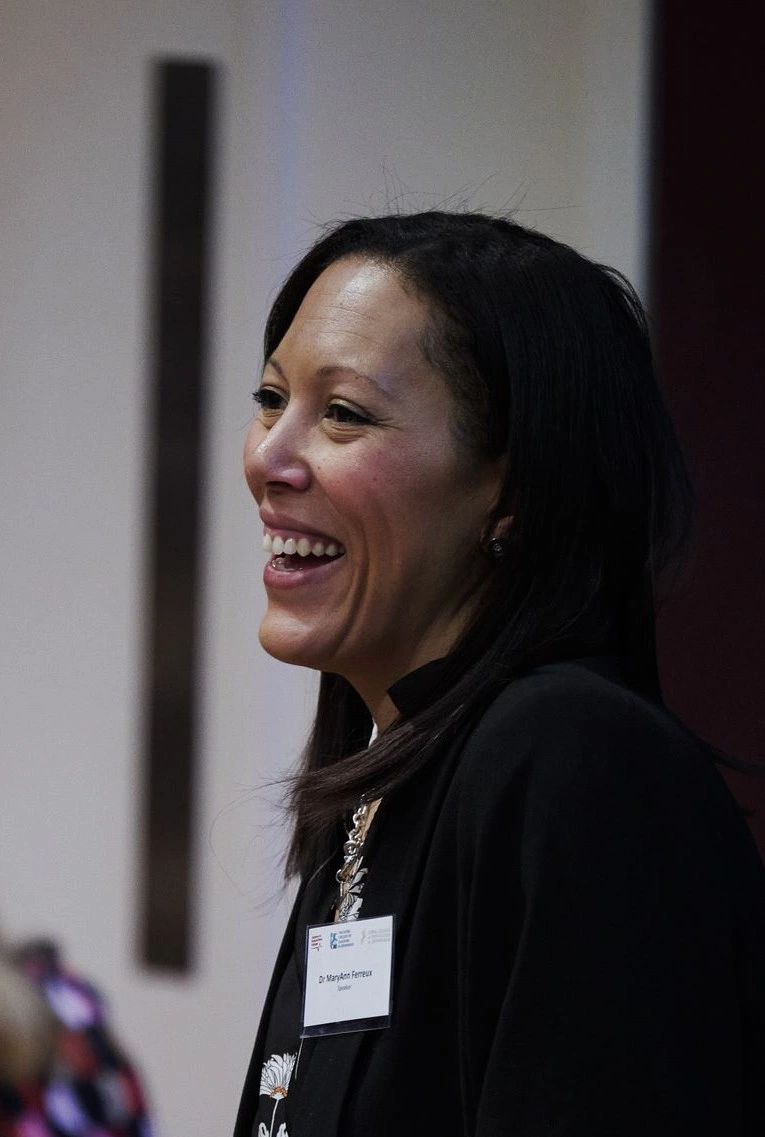“Health equity is the attainment of the highest level of health for ALL people. Achieving health equity requires valuing everyone equally with focused and ongoing societal efforts to address avoidable inequalities, historical and contemporary injustices, and social determinants of health — and to eliminate disparities in health and health care.” (health.gov)
Within the NHS there is a lot of talk about health equity and health equality – so what’s the difference? Health equality is about the distribution of resources and its impact on outcomes, it’s about everyone having the same. Health equity is thinking about the wider system that drives these outcomes and the changes that need to happen to ensure everyone gets the support they need.
Equity is not about trying to be equal because different people have different needs. It means that you might need to give more to others to ensure everyone’s needs are met.
Health equity is a national priority for many reasons, including:
- Leading a healthy life is recognised as a human right
- Health inequities represent an unequal allocation of resources, power and opportunity
- Vulnerable populations and marginalised groups are disproportionately affected; they have less power and opportunity and are more likely to face barriers in accessing health care
- Health inequalities facilitate a perpetual cycle of poverty and poor health
- Inequalities in health lead to economic losses due to preventable illnesses and premature deaths – inequities found in the most deprived neighbourhoods costs an estimated £29.8bn a year to the economy in lost productivity[1].
- Health inequities can facilitate the spread of infectious diseases and weaken overall public health infrastructure, as seen in the COVID-19 pandemic which shone a light on the inequalities faced by BAME (black and minority ethnic) populations who were more likely to be exposed to and die from the virus.[2]
The nature of the problem is broad and complex. It is connected to all aspects of public health, requires an approach that is holistic and integrated, and involves attention to public and political decisions. But this shouldn’t discourage you – most health inequity is preventable, and you can do something about it.
At Health Innovation Kent Surrey Sussex (KSS) we have developed a Health Equity Framework – 10 core principles to think about when designing or implementing an innovation:
- People: Identify underserved populations.
If you’re not aware of the types of people in your target population, whatever you design won’t meet their needs. Identify the geographical areas of highest need, define groups (vulnerable, minority, under-served) and consider intersectionality, where there could be overlapping disadvantage. Population level data, such as census data which includes an index of multiple deprivation, may be the easiest way to understand who you are targeting.
- Data: Measure and define health gaps.
You can also use population level data to explore inequitable health distributions (e.g. age, gender, ethnicity, socio-economic or geographical data), which can often be found in local Joint Strategic Needs Assessments (JSNAs). There may be gaps in the data and you might not be able to access all the data you need. You may be able to use data from your own platform on age, gender or ethnicity differences during testing. You may also be able to access Integrated Care Board data and link different databases together but this can be quite complex. At Health Innovation KSS we are happy to have a conversation with you on how to access this or alternative ways to measure.
- Care: Co-design solutions with users.
Solutions are more successful when they are co-designed. This isn’t designing the innovation and then asking for feedback, it’s about developing it together. It’s a great way to promote solutions and initiate inter-sectoral partnerships for example with charities or industry. Co-designed solutions have been proven to be more successful in terms of uptake and usability.
- Clinical: Engage the clinical workforce.
Thinking about workforce needs is vital. The NHS workforce is under strain and presents a complicated system of complex pathways to innovate in. Having a clinician as part of the development team to provide guidance and advice is invaluable and it can be a good idea to develop and implement inter-professional education and training. Also think about Equality, Diversity and Inclusion best practice when it comes to any workforce-facing element of a solution. Health Innovation KSS is also happy to support you in planning this.
- Digital: Enable digital inclusion.
It’s important to identify groups that are at risk of digital exclusion and think about how you might combat this. Some communities can’t easily access the internet or digital devices so you might want to think about solutions like lending out devices through library services or making sure devices are available at a local pharmacy or supermarket. There is now a higher expectation from NHS procurement processes to have a response on how you are going to approach digital exclusion so it’s important to consider from the offset. Health Innovation KSS has worked with University of Sussex and NHS Sussex to produce a digital inclusion framework and we’ll soon be releasing a version of this framework specifically for innovators, so be sure to keep an eye out for this.
- Finance: Reduce financial barriers to access.
We are currently in an economic crisis and that means there is an expanding group of people with less money available. Think about what the cost of your innovation is going to be to the user and how you can reduce the risk of disadvantaging people in financial hardship. The cost-of-living crisis impacts on the ability to pay for transport, eye/dentistry care, prescription costs and health & well-being activities –how can you ensure your solution is accessible to those experiencing financial challenges?
- Place: Ensure inclusive access at place.
The NHS is increasing its focus and efforts on how to deliver care at place, which means thinking about groups at risk of geographical inequity. This could be social deprivation in urban, rural, remote or coastal areas. Place-based innovation can also increase access for people with a disability. Achieving inclusivity across England might mean adopting different approaches in different geographical regions.
- Climate: Limit climate impact on health.
Those from disadvantaged backgrounds and vulnerable groups are more likely to be negatively affected by climate change. Invest in solutions that address climate sensitive health outcomes, system resilience or adaptation. Ensure your solution considers the NHS Net Zero ambitions – read our Net Zero Guide for Innovators to find out more and be sure to sign up to our upcoming workshop to help innovators plan for Net Zero.
- Policy: Address bias in policy making.
It’s important to embed diversity and inclusion in all decision-making and ensure transparency and accountability in procurement processes. In your own organisation it’s worth thinking about how you might want to influence larger policy and decision-making, to tackle some of the wider issues affecting the population’s health. For example, if your innovation involves AI there’s a lot of discussion happening around AI bias, so could you get involved in relevant groups or panels.
- Communications: Implement inclusive messaging.
In England, 16.4% of adults have very poor literacy skills, so ensure your communications are in plain English and always test your messaging. This could be done through neighbourhood and community engagement. Remember English is often a second language in some communities so consider translation too.
These principles provide you with a starting point for thinking about health equity in relation to any innovations or solutions you are looking to develop or implement. Identify how you want to address each of these principles and think about how you might need to modify your solution based on the population. In the long run, you’ll benefit from a better product, you’ll be ready to answer tricky questions in procurement processes and above all, you’ll ensure that no one is left behind when it comes to their health.
To get more advice on health equity and support in developing your innovation:
If you’re based in Kent, Surrey or Sussex you can contact Health Innovation KSS: [email protected] or you can contact your local health innovation network at: [email protected]
Dr MaryAnn Ferreux, Medical Director, Health Innovation Kent Surrey Sussex
References
[1] Overcoming health inequalities in ‘left behind’ neighbourhoods – APPG for Left Behind Neighbourhoods (appg-leftbehindneighbourhoods.org.uk)
[2] COVID-19: review of disparities in risks and outcomes – GOV.UK (www.gov.uk)

Grace Gimson is the founder and CEO of Holly Health, a digital platform dedicated to transforming healthcare through preventive and person-centered digital health coaching. The platform aims to support individuals struggling with mental or physical health. Grace is a generalist with a background in operations, business leadership, and scaling tech startups such as Deliveroo. [...]

HN (Health Navigator) is an AI-powered health innovation that enables preventative care through predictive analytics. Founded in Sweden by Dr Joachim Werr, a former A&E consultant, HN is now supporting healthcare systems across the UK to identify high-risk patients before they reach crisis point. Joachim shares the journey behind HN and the transformative impact of [...]

The government has set out three shifts it wants to see happen: treatment to prevention, hospital to community, analogue to digital. HealthTech has a crucial role in supporting the delivery of all three. But using technology to help deliver these changes requires procuring the technology, and when all the noise is about there being no [...]






